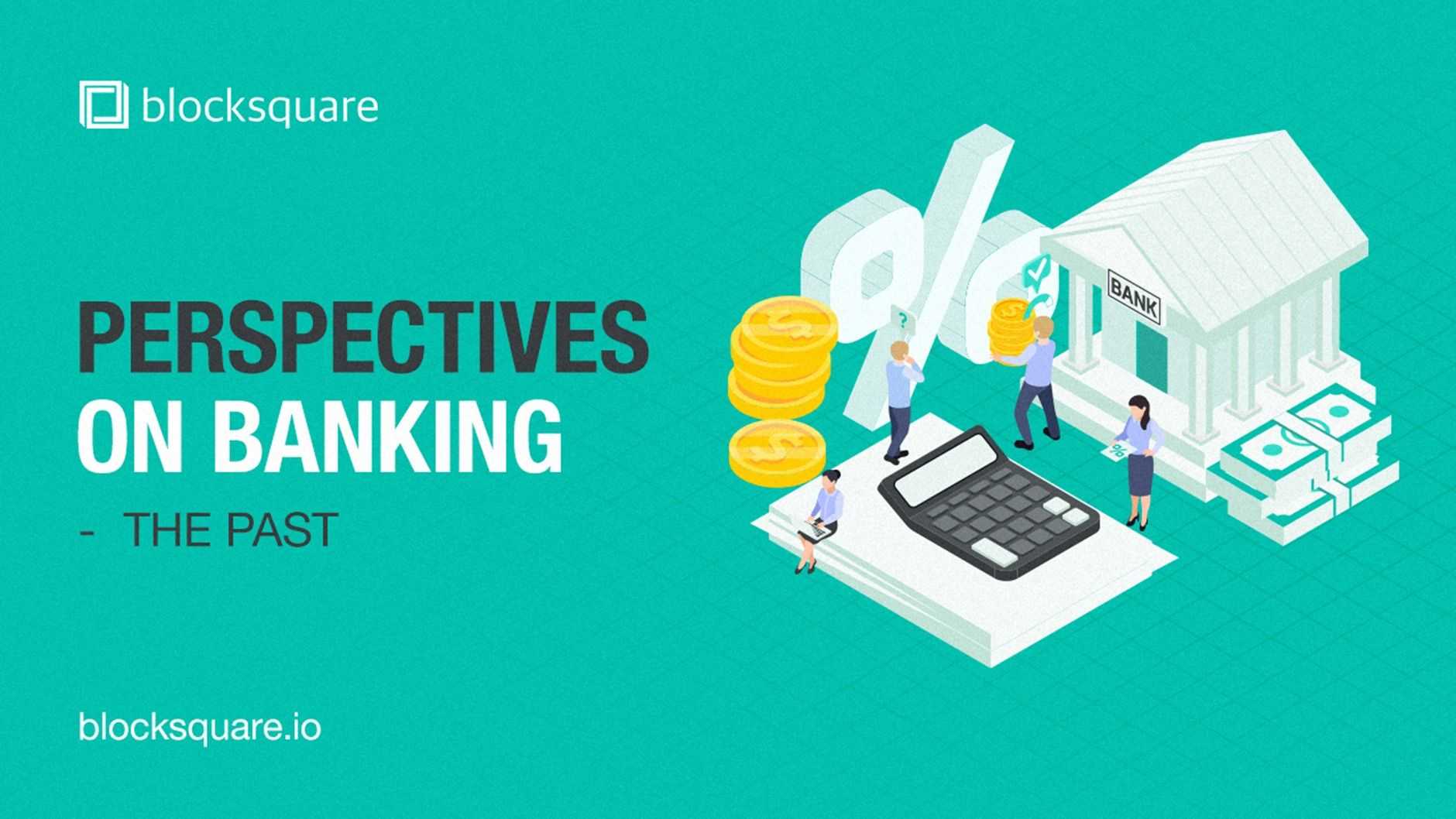Perspectives on Banking – The Past
This blog by one of our board advisor's - Fergus Murphy, global Institutional banking expert, explores the evolution of banking, highlighting the transition from traditional fiat systems to modern decentralized finance, while addressing historical milestones, technological advancements, and the future of financial services.


In this series of posts, I’ll provide some foundational insights that I believe are key to understanding the future evolution of banking and finance. A future that will likely include a merging of the traditional fiat, fractional banking system (“trad-fi”), which has dominated the past few centuries, with the emerging world of Web3, Blockchain, AI, and the Internet of Things (IoT). A world where cryptocurrencies and “De-fi” (decentralized finance) are playing an ever-growing role. But, don’t worry—I’m going to keep this light, with little to no focus on metrics, ratios, or deep financial analysis. (There are more than enough reports out there for that!) Think of this more as a conversation (okay, a monologue!), with a dash of humor.
I don’t think cryptocurrencies will replace the traditional banking infrastructure that has been developed through centuries of trial and error (and a fair share of booms and busts). Instead, I believe the system will evolve by incorporating the best of what blockchain and digital currencies have to offer, allowing for further innovation in financial products and services.
Let’s start with some history. The fiat fractional banking model has its roots in centuries-old practices, with its modern incarnation often traced back to the Medici family of Florence. Now, forgive me, banking historians, but to simplify things, after society experimented with using barley, clay pots, shells, and bits of metal as currency, we eventually moved to using pieces of paper (let’s call them promissory notes). These pieces of paper were issued, bought, sold, and traded in coffee houses, representing present and future trade flows and deliveries of tangible goods—there were no digital assets or intellectual property back then!
These paper promissory notes enabled several essential features of modern finance: fungibility, divisibility, liquidity, portability, and speed of trade execution. And yes, in those days, the "trade winds" literally decided the value of these notes. Over the centuries, our ability to navigate global trade, shipping advancements, wars, and economic cycles shaped the risk management frameworks and financial systems that underpin today’s economies. If Cosimo Medici and his 1397 Medici Bank cohorts could somehow see today’s interconnected, real-time banking and finance world, they would undoubtedly be turning in their mausoleums!
Of course, banking history has its fair share of spectacular failures. It’s an industry where banks literally create money by lending it to customers while balancing their books by accepting deposits from others. The trick is that banks often lend far more than they hold in net worth, relying on the assumption (or hope!) that depositors won’t all demand their money back at the same time. While I’m simplifying here, modern banks are governed by an intricate system of internal limits, restrictions, and regulations designed to manage risks and avoid the pitfalls of human nature’s boom-and-bust cycles.
In addition to internal controls, banks are closely regulated by national authorities, with international standards such as the Basel framework setting the minimum requirements for risk management. These regulations help keep the system safe—though failures do still occur. Even after learning painful lessons from the Global Financial Crisis (GFC) of 2008-2012, we’ve seen recent examples of bank failures in 2023, like Silicon Valley Bank and Signature Bank. “How can this be?” you may ask. “Don’t they know what they’re doing by now?” Well, yes, in general, they do—but there are thousands of banks in the world, and idiosyncratic issues (which is just a fancy way of saying specific management incompetence) can lead to failure.
Despite these bumps in the road, today’s banking system is well-managed and well-regulated. The experience curve, trial and error, and our evolving understanding of the balance between finance and societal development have shaped the strong institutions we see today. Banks play a long game; they lend money for long periods (e.g., 20 years for a mortgage) and expect to get it back—something that’s quite different from many other industries.
It’s unfortunate that banks are often forced to focus on short-term results, such as quarterly updates, even though they’re engaged in long-term activities. This leads to the urgent often getting in the way of the important. But, to their credit, many banks played an instrumental role in supporting society through the COVID-19 pandemic. They were key in transmitting government support, providing liquidity, and managing their customers' needs during times of unprecedented economic stress.
Moreover, banks have demonstrated resilience in the face of significant interest rate hikes in recent years, as central banks around the world worked to control inflation triggered by the Russian invasion of Ukraine and its impact on fossil fuel prices and trade flows. For example, UK banks absorbed 14 base rate increases, taking the rate from 0.1% to 5.25%. Similarly, EU banks dealt with 10 rate hikes, raising the base rate from 0% to 4.5%. Just a few years ago, such scenarios seemed highly improbable, even in stress tests.
While there is still much work to be done, the evolution of banks is a positive one. Strong economies have strong banking infrastructure, and the corollary is also true. Although banks earned a terrible reputation during the GFC, they are working hard to regain trust—a quest that will take decades. They’re also far more tightly regulated now, which, given their central role in the economy, is no bad thing.
Now, one thing that’s often overlooked is how banking has evolved with technology. Banks, despite the criticism they sometimes face, have generally kept pace with technological advancements. Credit cards, for example, were introduced by Bank of America in 1958, and today, there are 2.9 billion credit cards in the world, with the average American carrying four. That’s not just a financial advancement—it’s also a technological one.
The rise of securitization, while tainted by the GFC, represents another significant financial and technological innovation. The proliferation of computer science, relational databases, the internet, and digitization has allowed banks to manage billions of customers and accounts in near real-time, creating massive disruptions in finance. From e-money and payments leapfrogging in developing countries to the introduction of APIs and the Cloud, banking continues to modernize.
There are, of course, significant challenges ahead for banks, especially with legacy systems and the immense responsibility they bear for customer data and financial outcomes. But, as I’ll explore in future posts, the trends shaping the future of banking are well documented, and they’ll continue to provide a fertile ground for expensive consultancies for decades to come. In my next post, I’ll dive into some of these trends in more detail. Stay tuned!